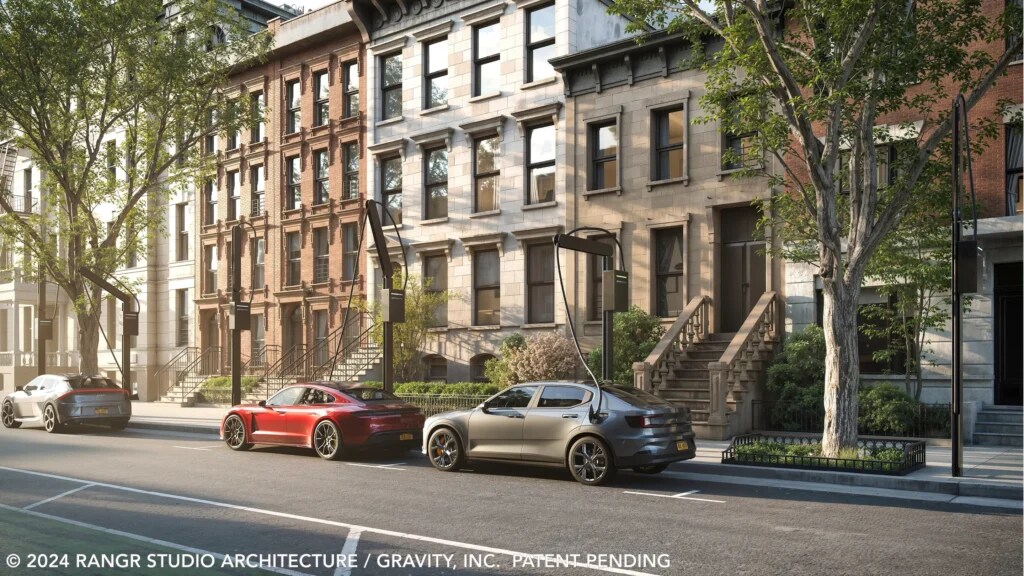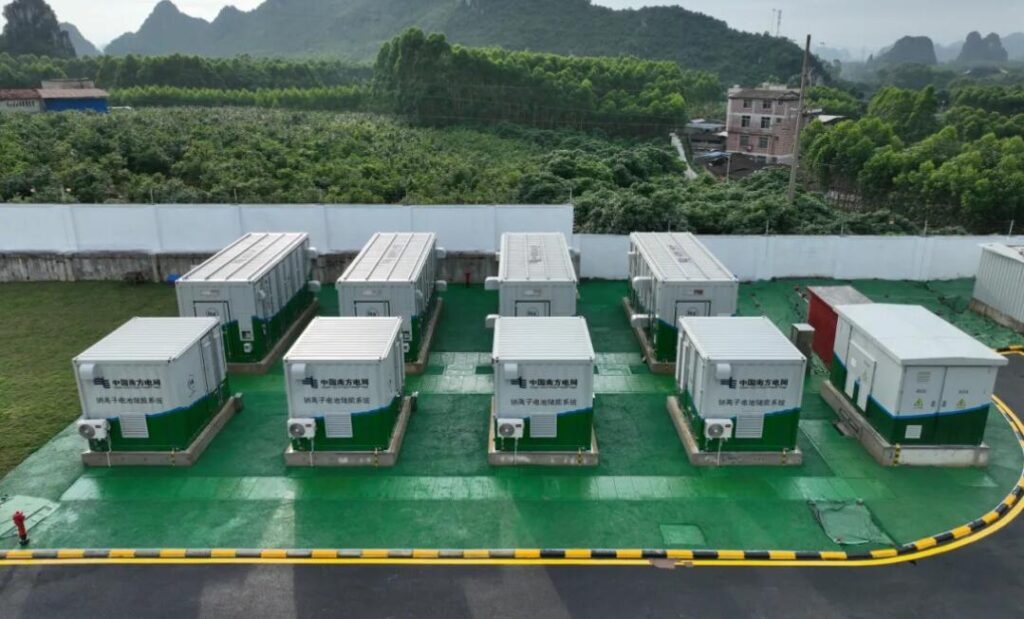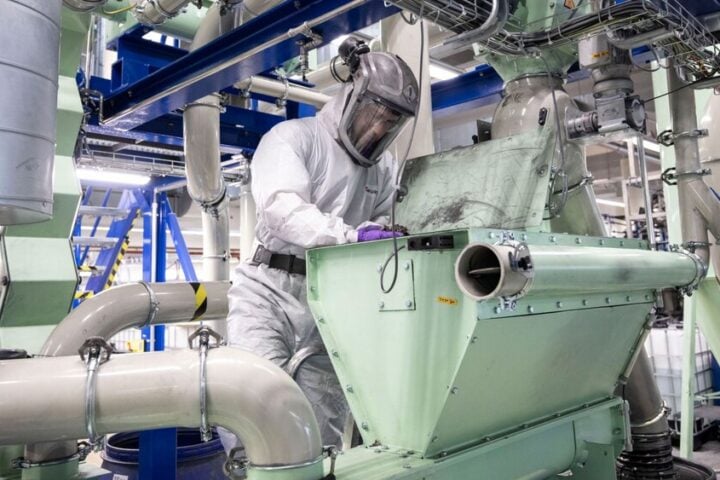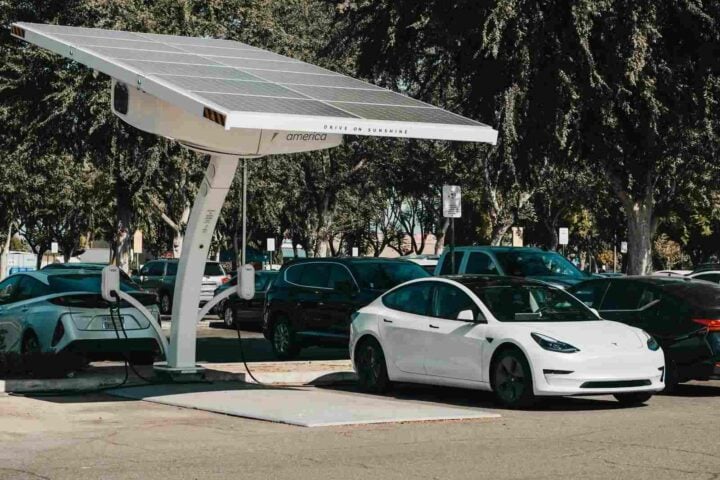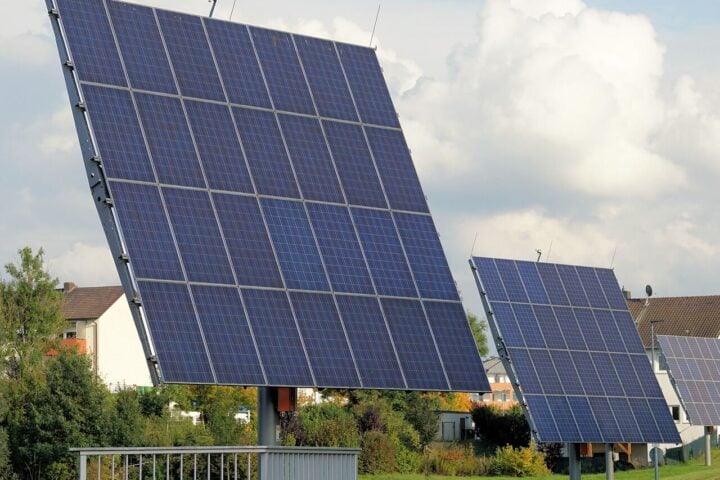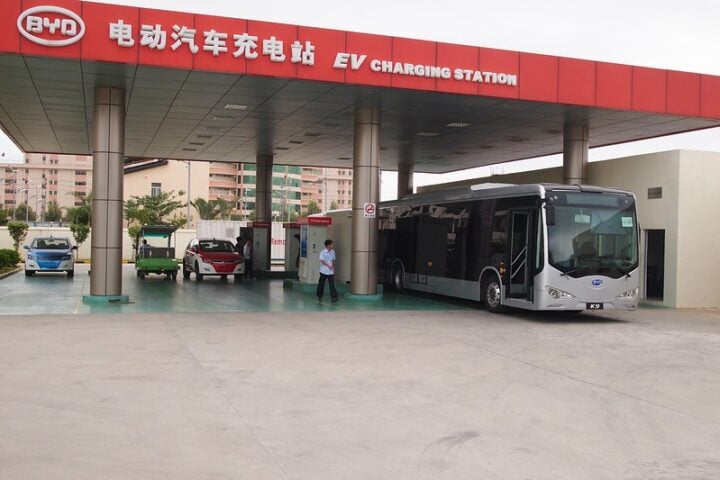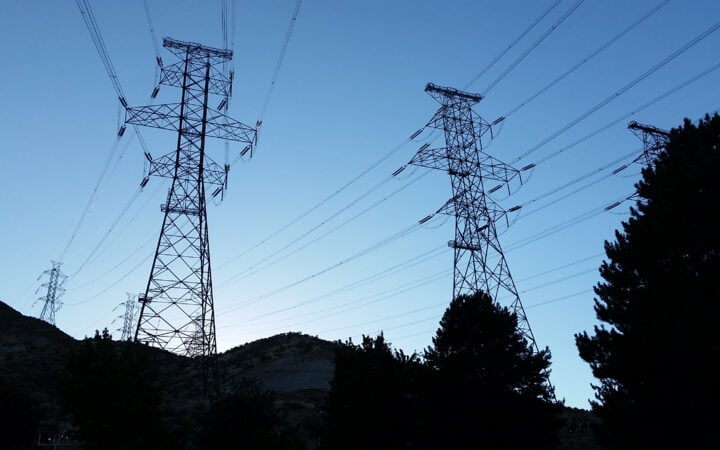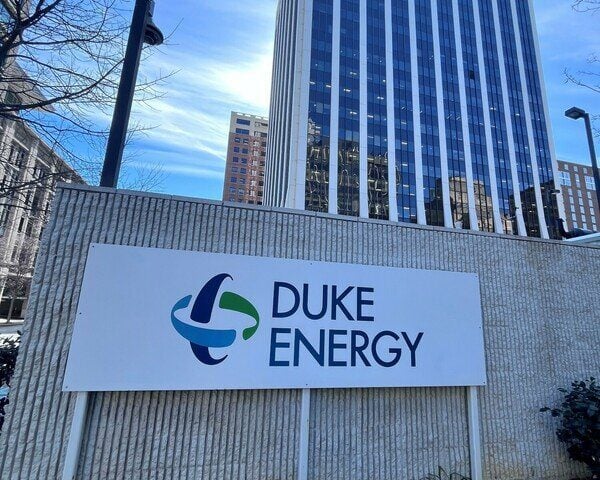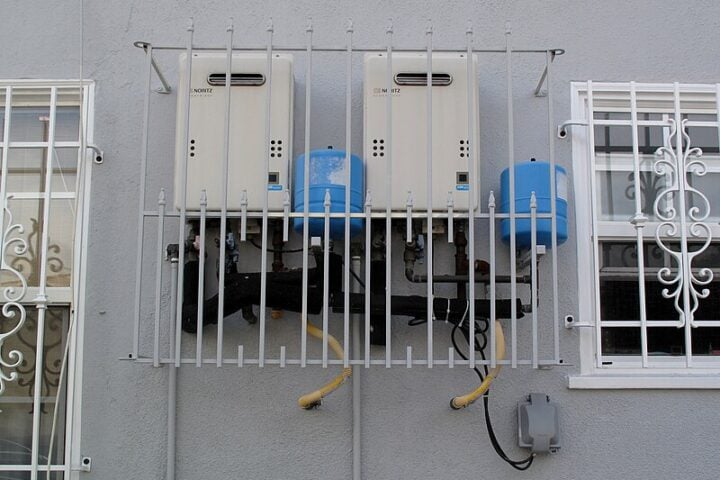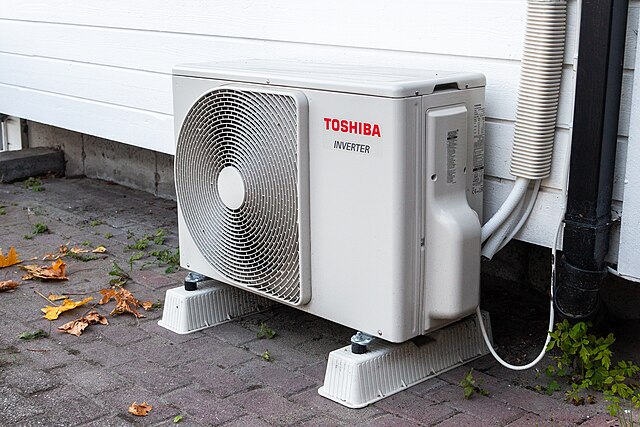A startup based in New York titled Gravity, with its professionalism in EV infrastructure, has geared up to improve its innovative tool, which is Distribution Energy Access Points (DEAP). The task of these elongated gleaming stations is to charge any type of electric vehicles or motors passing down the curbsides where these stations are located. They also have a convenient method of refueling or charging by using charging cable pivots, which ensures compatibility with all EVs, regardless of where their charging port is located.
Charging Speeds and Capabilities
DEAP trees are available in 2 speeds as follows:
- Providing 200 miles of range in either 13 minutes, i.e., over 200 kW.
- Another solution is providing 5 minutes for 200 miles of distance, i.e., for 500 kW.
Design Improvements and Technological Challenges
The company claims that these stations can harness existing power supplies and provide fast charging without eroding nearby buildings. Currently, Gravity is working on improving their design, where vehicles that are already plugged in and fully charged can transmit power to nearby buildings when the demand arises. However, most EVs are not yet ready to use the technology of bidirectional and other fast charging methods, such as the higher level charging up to 350 kW, due to technological limitations, which are being worked upon.
Similar Post
New Gravity Charging Centre
A new Gravity Charging Centre, located at 401-471 West 42nd Street in New York, opened today and is heading towards a new direction where it accommodates fleet and commercial operators, as well as EV owners, to experience the technology. These feature about 24 500kW stations, the best in the US with regards to speed, with shapes and sizes similar to a carry-on suitcase, and which can deliver up to 2400 miles of range in a single hour. The installation is a boon on the US parking site and is a very suitable model as it has no added constraints on the grid, which in most cases tend to pose a problem, and moreover, no upgrades are required to be made in the field of the infrastructure, i.e., the building where the model is set up.
New York City’s EV Infrastructure Goals
With carbon neutrality as its main goal by 2050, New York City has drafted to significantly enlarge its EV infrastructure. The vision outlined by the Mayor’s Office spans a network of 40,000 public level 2 chargers citywide and 6,000 DC fast chargers by 2030. The city hosts 54 public charging stalls by Revel and 100 curbside chargers from FLO. To meet its 2050 goals, New York would need 160,000 level 2 and over 60,000 fast chargers. Gravity’s DEAP Trees could contribute their efforts and hard work into this field by providing speedy and reachable curbside charging, enticing more devices to switch to electric vehicles.
Future Projections
In the near future, New York City expects to have a higher level of 1,000 Level 2 DEAP tree charging stations by 2025 and 10,000 stations by 2030, increasing its capacity for urban EV drivers optimistically as well as spontaneously.
